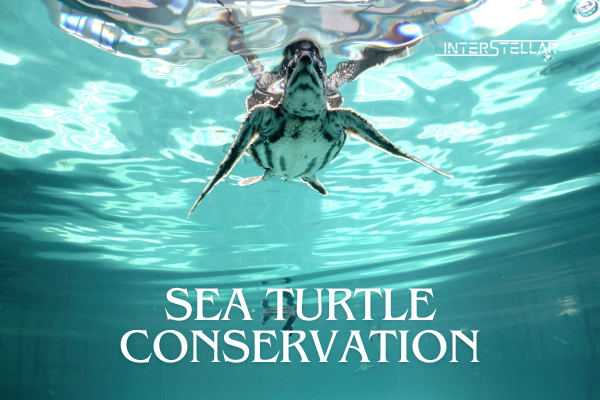Volunteers Protect Sea Turtle Eggs Amid Rising Temperatures
On a secluded Malaysian beach, volunteers are taking action to protect sea turtle eggs. They carefully relocate newly laid eggs to cooler, shady areas, responding to concerns that rising temperatures are resulting in fewer male hatchlings.
Temperature Determines Sex
At the Chagar Hutang Turtle Sanctuary on Redang Island, researchers have noted a decrease in male sea turtle hatchlings. This change is attributed to climate change and exacerbated by the El Niño weather phenomenon, which has caused prolonged hot and dry spells. The temperature at which turtle eggs incubate determines the sex of the hatchlings, with warmer temperatures producing more females.
Conservation Efforts
“Sea turtle conservationists were concerned that uncontrolled global warming in the future, in the next 15, 20, 30 years, will be detrimental… because it will feminise sea turtle hatchling populations,” said Nicholas Tolen, a researcher at the University of Malaysia Terengganu.
To combat this issue, the sanctuary is employing methods such as relocating nests to shadier spots or irrigating them with water to lower incubation temperatures. Although the success of these measures is still being evaluated, they are preferred over artificial incubators. Artificial incubators can disrupt hatchlings’ understanding of the earth’s magnetic field, which is crucial for their orientation and nesting.
The Importance of Balance
Maintaining a balance between male and female hatchlings is essential for the future of sea turtle populations. By addressing the impact of climate change on these vulnerable species, conservationists hope to ensure their survival. The efforts at Chagar Hutang Turtle Sanctuary represent a proactive approach to mitigating the effects of a warming planet on marine life.





